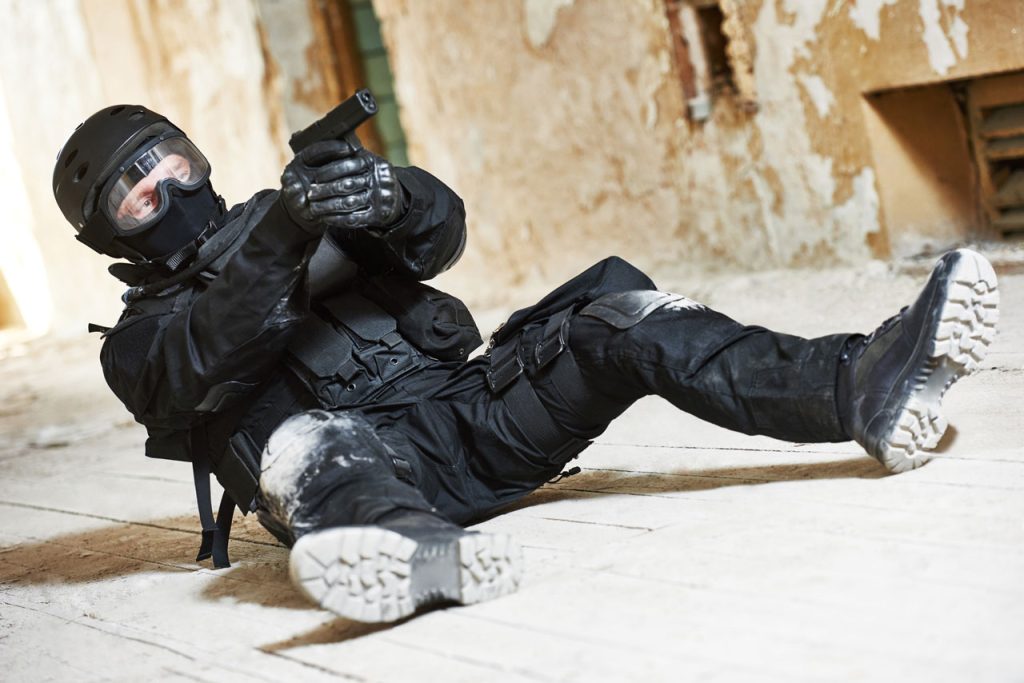The Ultimate Guide To Conducting Active Shooter Training

Today’s world demands heightened security measures in public spaces, schools, and workplaces, making active shooter training essential. Our guide offers detailed insights on how to organize and implement effective training sessions that empower and prepare individuals to respond efficiently in critical situations. By adopting our structured approach, you can foster a safer environment for everyone involved.
Understanding the Importance of Preparation
Preparation is the first crucial step in active shooter training. It involves understanding the nature of threats and tailoring training sessions to meet the specific needs of your organization or community. We start by conducting thorough risk assessments to identify vulnerabilities that could be exploited during an attack. This assessment helps us develop a training program that addresses these specific risks. Furthermore, engaging local law enforcement agencies can provide valuable insights and support, ensuring that our training is realistic and comprehensive.
Developing a Comprehensive Training Program
Once the initial assessments are complete, the next step is to develop the training program itself. Our focus is on creating realistic scenarios that simulate an active shooter event. This includes the use of role-play, simulations, and drills that teach participants how to react swiftly and effectively. Training should also cover the use of emergency equipment, communication protocols, and decision-making under pressure. We ensure that each session is led by experienced professionals who can provide real-world insights and feedback to participants, enhancing the learning experience.
Executing the Training Effectively
The execution of the training program is where our plans are put to the test. We emphasize the importance of a controlled environment where participants can practice their responses to various scenarios. Safety is our top priority, so all exercises are closely monitored to ensure no physical or emotional harm comes to the participants. The use of non-lethal training ammunition and props can help create a realistic environment, allowing participants to experience the stress of an actual event safely. Feedback during this phase is crucial, as it allows us to adjust the training in real time, ensuring optimal learning outcomes.
Post-Training Evaluation and Continuous Improvement
After the active shooter training session, conducting a thorough debriefing is essential. This involves collecting feedback from participants and trainers to understand what worked well and what could be improved. We analyze this feedback to refine our training methods and materials continuously. Additionally, follow-up sessions are scheduled to reinforce the skills learned and to keep everyone’s knowledge fresh and applicable. Our goal is to ensure that the training has a lasting impact and that the techniques taught become second nature to the participants.
Conducting effective active shooter training is a comprehensive process that requires careful planning, execution, and follow-up. By understanding the importance of preparation, developing a thorough training program, executing training effectively, and engaging in continuous improvement, we can significantly enhance the safety and security of our communities. Our commitment is to provide training that not only teaches practical skills but also empowers individuals to act confidently and decisively in the face of danger.